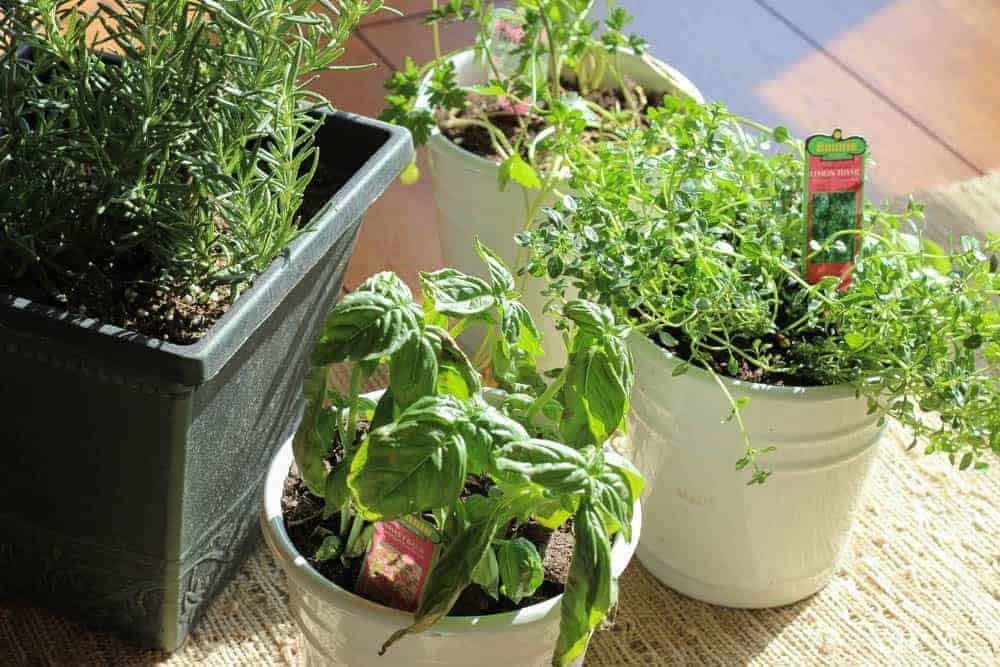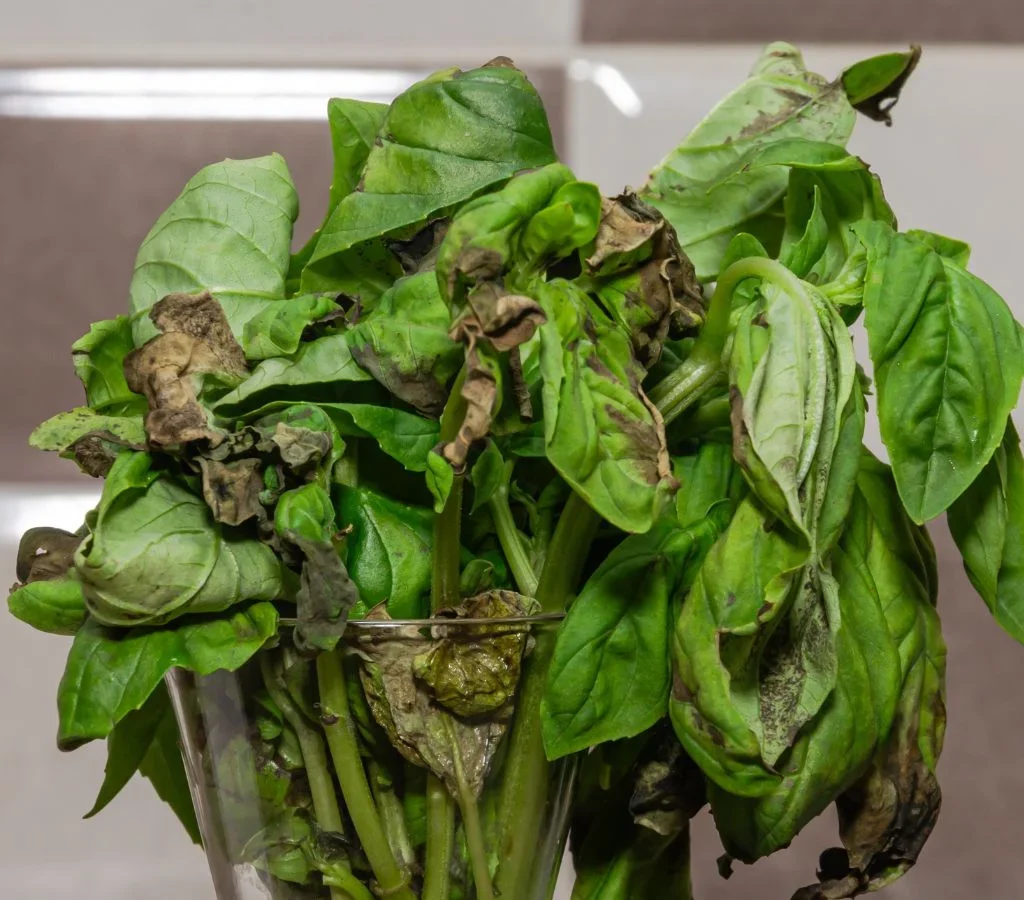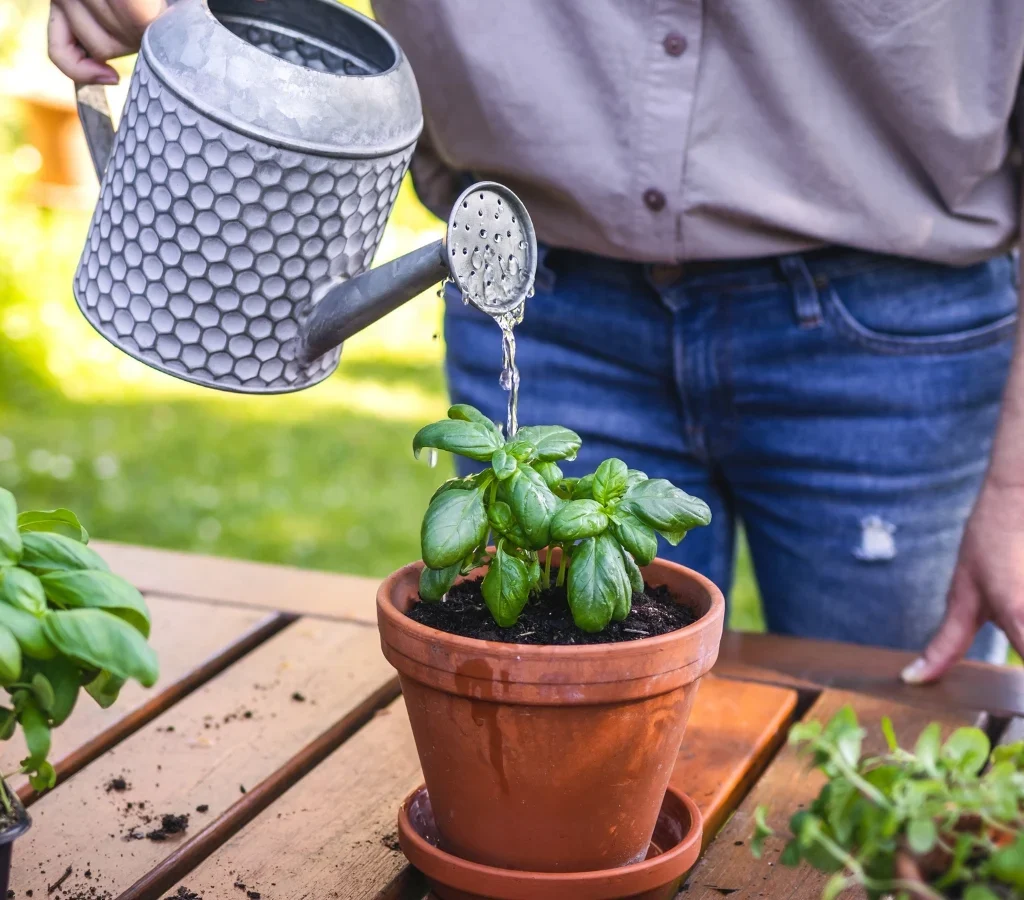Indoor herb gardens bring freshness, flavor, and a touch of greenery into your home. From basil on your kitchen windowsill to mint in a sunny corner, growing herbs indoors can provide year-round access to fresh leaves for cooking, teas, and herbal remedies. Yet, many gardeners find their indoor herbs struggling, wilting, or dying despite their best intentions. Understanding why this happens—and how to fix it—can transform your indoor herb garden into a thriving, productive space.
This guide examines the most common reasons indoor herbs fail and provides actionable strategies to rescue your plants and prevent future losses.
1. Insufficient Light

Why It Happens
Most herbs are sun-loving plants, requiring bright light to produce healthy, flavorful leaves. Indoor conditions often fall short of natural sunlight levels. Basil, rosemary, thyme, and oregano need 6–8 hours of direct or strong indirect light daily. Without adequate light, plants become leggy, weak, and prone to disease.
How to Fix It
- Place herbs near south- or west-facing windows to maximize natural light.
- For low-light areas, use full-spectrum LED or fluorescent grow lights for 10–12 hours per day.
- Rotate plants regularly to ensure even exposure.
Tip: Herbs grown in insufficient light often have a bitter or weak flavor. Proper lighting improves both health and taste.
2. Overwatering or Underwatering

Why It Happens
Herbs are sensitive to watering mistakes. Overwatering can suffocate roots, leading to rot, yellowing leaves, and eventual plant death. Underwatering causes wilting, dry soil, and stunted growth.
How to Fix It
- Check soil moisture before watering: soil should be slightly dry on top but moist underneath.
- Use pots with drainage holes to prevent waterlogging.
- Water at the base rather than from above to avoid wetting leaves, which can encourage fungal growth.
Tip: Herbs like rosemary and thyme prefer slightly drier soil, while mint and basil enjoy consistently moist soil. Learn each herb’s water preference.
3. Poor Soil Quality
Why It Happens
Using the wrong soil can compromise plant health. Heavy, compacted soils retain too much water, while nutrient-poor soils fail to support robust growth.
How to Fix It
- Use a high-quality, well-draining potting mix with organic matter.
- Mix in perlite or sand to improve drainage for Mediterranean herbs.
- Fertilize lightly with a balanced, water-soluble fertilizer every 3–4 weeks.
Tip: Avoid garden soil from outdoors—it’s often too dense and may carry pests or diseases.
4. Inadequate Container Choice

Why It Happens
The wrong pot can limit root growth or trap water, leading to poor plant performance. Small pots restrict roots, while pots without drainage holes cause waterlogging.
How to Fix It
- Use pots at least 6–12 inches deep depending on the herb.
- Ensure every container has drainage holes.
- Choose terracotta for herbs that prefer drier conditions, like thyme, oregano, and rosemary. Plastic or ceramic pots retain moisture for herbs like basil or mint.
Tip: A slightly larger pot allows roots to expand and reduces stress during growth.
5. Temperature and Humidity Issues
Why It Happens
Indoor climates can be inconsistent. Drafts, heaters, and air conditioners can stress herbs, causing leaf drop, wilting, or slowed growth. Low humidity can dry out delicate herbs like basil or cilantro.
How to Fix It
- Maintain indoor temperatures between 65–75°F (18–24°C).
- Avoid placing herbs near vents, radiators, or drafty windows.
- Increase humidity for sensitive herbs by misting or placing a tray of water nearby.
Tip: Herbs like mint and parsley tolerate normal indoor humidity, while basil and cilantro benefit from higher humidity.
6. Pests and Diseases

Why It Happens
Indoor herb gardens can still attract pests like aphids, spider mites, and whiteflies. Poor air circulation or overwatering can lead to fungal diseases like powdery mildew.
How to Fix It
- Inspect plants regularly for pests. Remove insects by hand or spray with insecticidal soap or neem oil.
- Ensure proper airflow around plants to prevent fungal issues.
- Avoid overwatering and remove any dead or yellow leaves promptly.
Tip: Isolated infestations respond better to early intervention, preventing spread to other plants.
7. Improper Pruning and Harvesting
Why It Happens
Failing to prune herbs can lead to leggy, weak growth, while over-harvesting can stress the plant. Both issues affect plant health and longevity.
How to Fix It
- Regularly pinch or trim new growth to encourage bushier plants.
- Harvest leaves from the top or outer stems, leaving inner growth intact.
- Avoid removing more than one-third of the plant at a time.
Tip: Proper pruning promotes both aesthetic appeal and increased yield of fresh leaves.
8. Lack of Nutrients
Why It Happens
Container-grown herbs rely on soil for nutrients. Over time, soil can become depleted, leading to pale leaves, slow growth, and reduced flavor.
How to Fix It
- Apply light, balanced fertilizer every few weeks during active growth.
- Organic options like compost or diluted fish emulsion are excellent for culinary herbs.
- Avoid over-fertilizing, which can reduce flavor intensity.
Tip: Nutrient-rich soil supports strong root systems and vibrant foliage.
9. Choosing the Right Herbs for Indoor Growth

Not all herbs thrive indoors. Choosing suitable varieties reduces frustration:
- Best for low-light indoor spaces: Mint, chives, parsley, thyme, and oregano.
- Require bright light: Basil, rosemary, and sage.
Tip: Match herbs to your available light and space to minimize stress and maximize success.
10. General Tips for a Thriving Indoor Herb Garden
- Rotate plants regularly to ensure even light exposure.
- Clean pots and tools to prevent disease spread.
- Group plants with similar needs together for easier care.
- Consider hydroponics or grow trays if natural light is limited.
11. Troubleshooting Quick Reference
| Problem | Cause | Fix |
|---|---|---|
| Wilting | Over/underwatering | Adjust watering frequency, check drainage |
| Yellow leaves | Nutrient deficiency, overwatering | Fertilize lightly, reduce watering |
| Leggy growth | Insufficient light | Move to brighter spot, use grow lights |
| Pest infestation | Aphids, mites | Inspect regularly, treat with neem oil |
| Powdery mildew | Poor airflow, high humidity | Improve ventilation, avoid overhead watering |
12. Final Thoughts
Indoor herb gardening can be highly rewarding, providing fresh flavor, natural fragrances, and health benefits year-round. However, it requires careful attention to light, water, soil, temperature, and plant care practices. By identifying common mistakes—insufficient light, improper watering, poor soil, pests, or inadequate pruning—and implementing the solutions outlined above, gardeners can rescue struggling herbs and maintain a thriving, productive indoor garden.
Key takeaways:
- Provide adequate light using windows or grow lights.
- Water appropriately and use well-draining soil.
- Choose container sizes and materials suited to each herb.
- Prune and harvest correctly to encourage bushy growth.
- Monitor for pests, diseases, and nutrient deficiencies regularly.
With proper care, your indoor herb garden can flourish, providing fresh herbs for cooking, teas, and natural remedies all year long—turning your home into a green, aromatic oasis.
